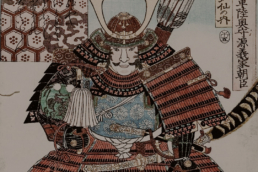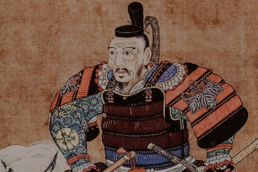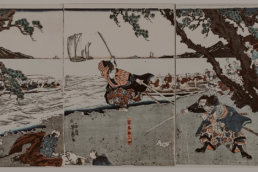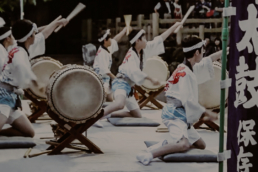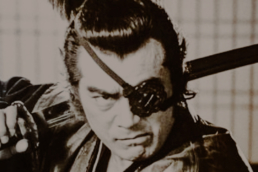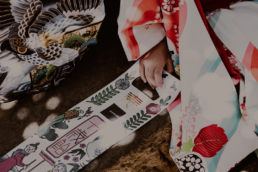Japan History: Minamoto No Yoshiie
Minamoto No Yoshiie, the spirit of the Samurai
written by: SaiKaiAngel | translation: Erika
Minamoto No Yoshiie (1039 - 4 August 1106), embodies the spirit of the samurai. He was the first son of Minamoto Yoriyoshi, a famous commander.
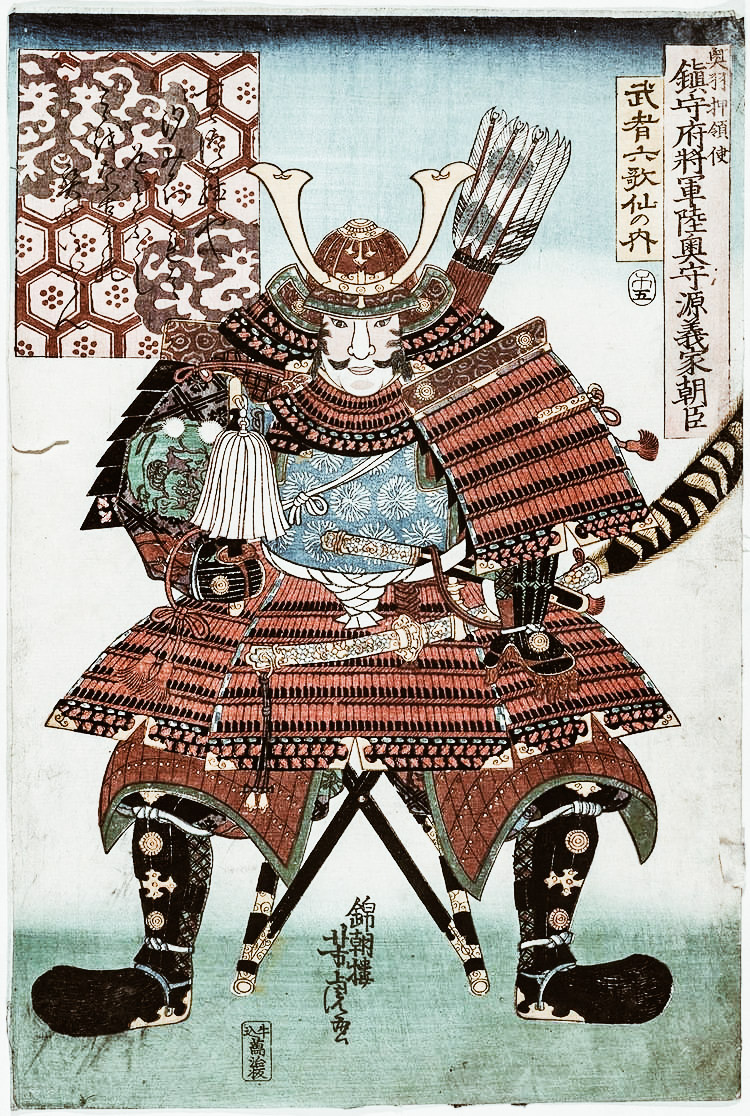
photo credit: alchetron.com
In 1051 Minamoto No Yoshiie was charged with defeating the Abe clan in the Zenkunen war (war of the first nine years) and the Kiyohara clan in the Gosannen war (war of the next three years). Abe had held important positions for years in this distant and prohibitive region and had come to assume a certain autonomy. Like Taira Masakado, Abe had had the task of subduing the northern barbarians and, from the court's point of view, becoming barbarians themselves. They have indeed been described as ebisu, a generic term that has also been applied to Ainu.
After his death, Yoshiie was elevated to Kami status: renamed "Hachimantaro" which means "son of Hachiman", the god of Shinto war.
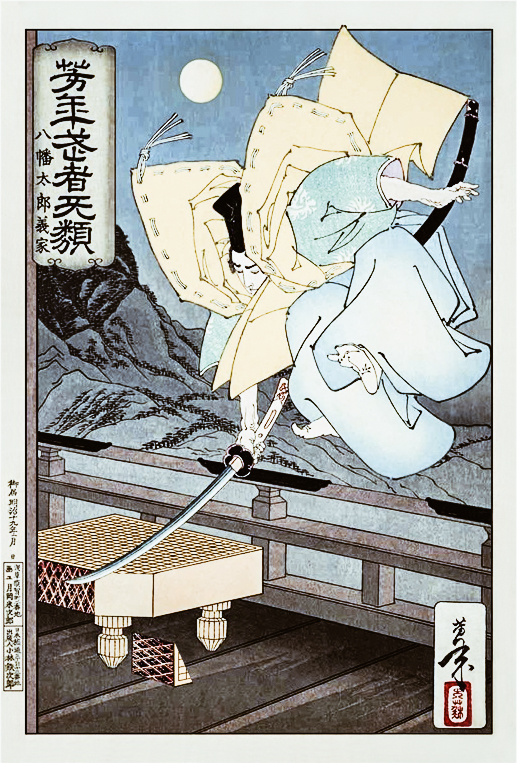
photo credit: wikipedia.org
The Zenkunen war
By 1050 the power of Abe no Yoritoki was widespread throughout the region, and this gave him permission to collect taxes and confiscate lands. The official governor, private from each region, asked the imperial government for help. Minamoto no Yoriyoshi was then appointed new governor and together with his son he was sent against the Abe clan.
The struggle lasted from 1051 to 1063, twelve years including nine of war and three of truce. Yoshiie fought alongside his father in all the fighting, including the battle of Kawasaki and the siege of Kuriyagawa.
In 1057 Abe no Yoritoki's son Abe no Sadato continued the war after his father's death.
In Mutzu Waki, a tribute to the reputation of Yoshiie's warrior, there is the story of an exchange that took place between Yoshiie and Sadato during his escape from the fortress on the Kurika River, during the attacks by the Minamoto army.
Hachimantarō, during a chase along the Koromo River shouted: "Sir, you are showing your back to the enemy! Aren't you ashamed? Turn around for a moment, I have something to tell you." When Sadato turned around, Yoshiie said, "Koromo castle has been destroyed." Sadato, turning around, said: "Over the years the threads have become tangled, and this pains me." At that point, Yoshiie put down the arrow he had loaded and returned to his field. In the midst of such a savage battle, that was a gentlemanly act.
Yoshiie returned to Kyoto in early 1063 with the Head of Abe no Sadato and the following year he took several followers of the Abe clan whom he had taken prisoners as servants.
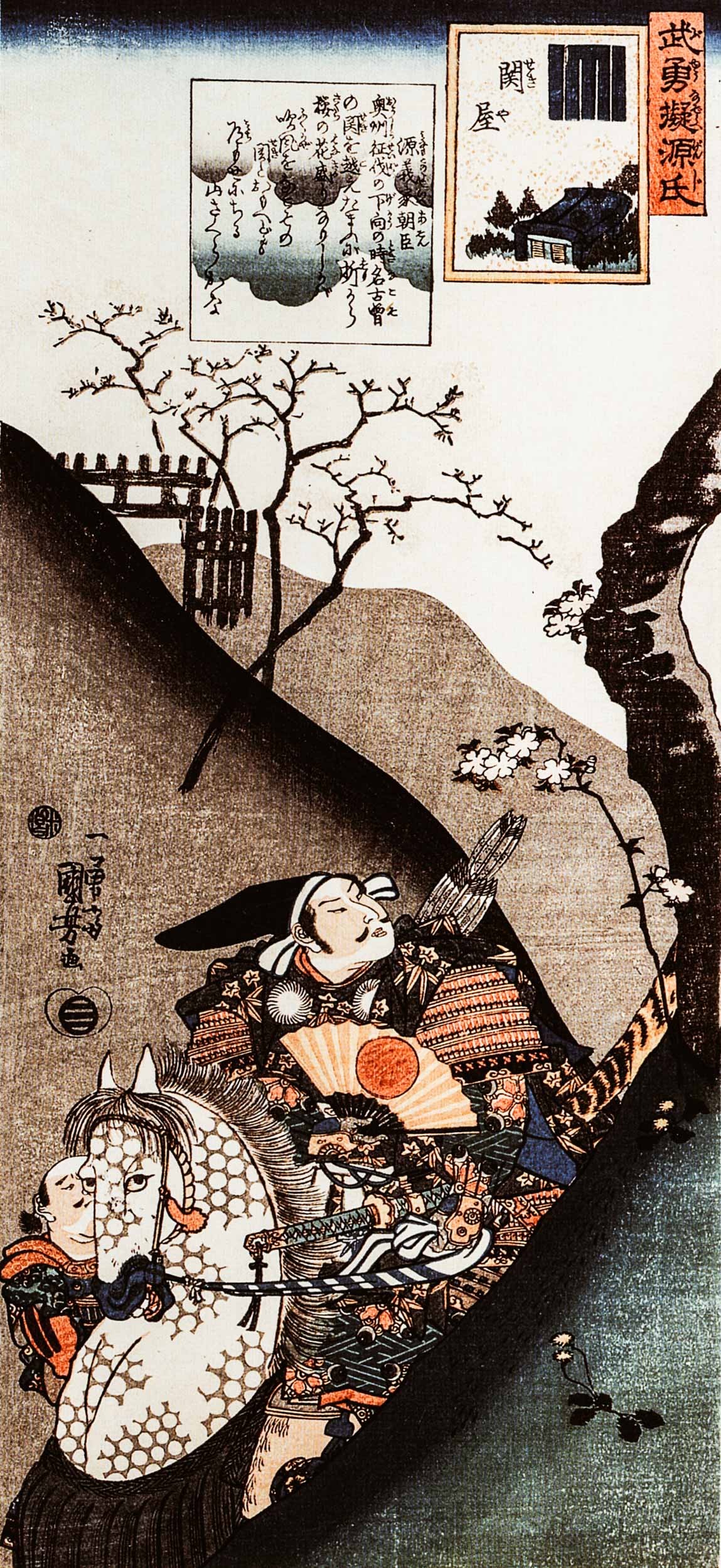
photo credit: wikipedia.org
Gosannen war
Yoshiie was commander during another major Heian period conflict. In early 1083, appointed governor of the province of Mutsu, he intervened to calm the hearts within the Kiyohara clan, previously a Minamoto ally in the war against the Abe.
Despite this, the clash leadership struggle between Kiyohara no Masahira, Narihira and Iehira did not stop, and so Yoshiie pledged to restore peace to the region. The final clash took place in 1087 on the palisades of Kanazawa. Yoshiie, aided by his younger brother Minamoto no Yoshimitsu and Fujiwara Kiyohira, attacked the position held by Kiyohara no Iehira and his uncle Kiyohara no Takahira. The conflict became known as the subsequent three-year war and culminated in Numu (1086) when Takahira and Iehira were killed. In the Kokon Chomonjū it is said that during the siege of Kanezawa, Yoshiie avoided an ambush by noticing a flock of birds taking flight from a forest. Despite suffering large losses in his ranks, Yoshiie is said to have been a particularly effective leader, managing to keep morale high and maintaining discipline among the warriors.
Minamoto No Yoshiie was called "The Samurai with the greatest courage under heaven". Mel 1098 was granted to Yoshiie to visit the Imperial Court, a rare honor which by its very rarity indicates the growing gap between the Court and the provincial houses. This alienation would eventually contribute to the samurai eclipse of imperial authority in the late 12th century.
However, it is difficult to place Minamoto Yoshiie in a historical context. His greatest political contribution was probably to strengthen the Minamoto family, especially those branches that reside in Kanto. His other contribution was less tangible. The legend of Minamoto No Yoshiie, who emerged from his northern wars and reports as a cultured war man, established a model for the future samurai that would influence subsequent generations of warriors.
Japan History: Toyotomi Hideyoshi
Toyotomi Hideyoshi, the great unifier of Japan
written by: SaiKaiAngel | translation: Erika
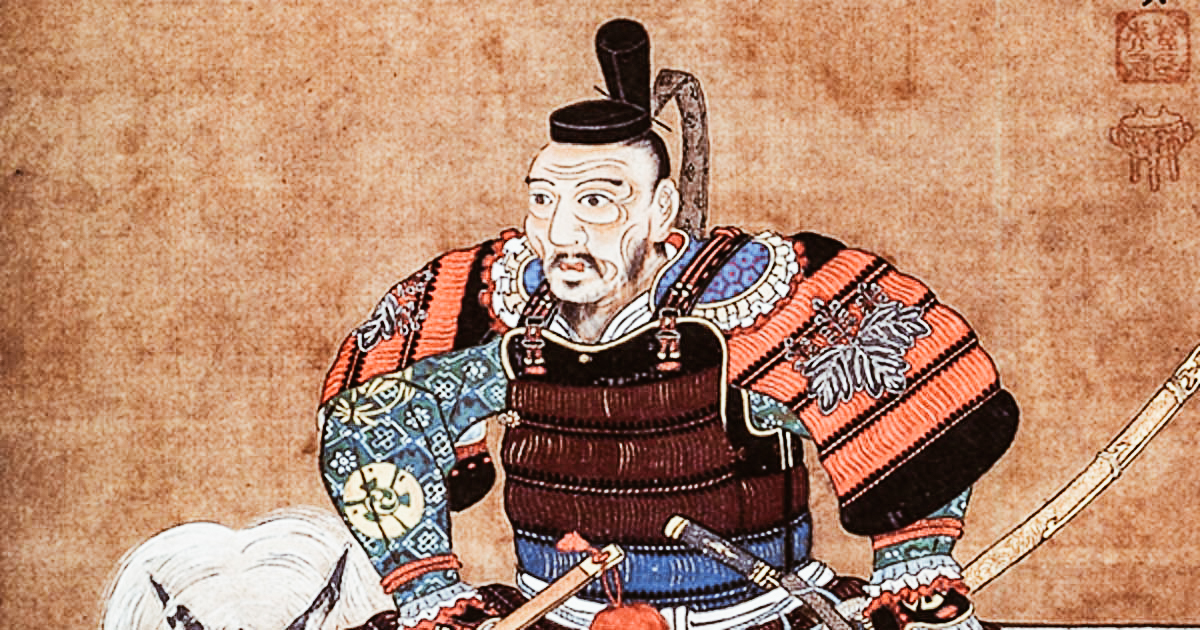
photo credits: ancient-origins.net
Toyotomi Hideyoshi (March 17, 1537 - September 18, 1598) was a samurai, as well as daimyō, the successor of Oda Nobunaga as "great unifier" of Japan, ending the Sengoku period. The period of his dominion is called Momoyama, from the name of Hideyoshi castle. It appears that his birth was in Owari province, the home of the Oda clan (present-day Nagoya in Aichi prefecture). Son of an ashigaru peasant named Yaemon. It seems that his childhood name was Hiyoshi-maru. His father died when Hideyoshi was 7 years old.
Hideyoshi was sent to study in a temple as a young man, but he refused that life to go on an adventure hunt. Under the name Kinoshita Tōkichirō he joined the Imagawa clan for the first time as a servant of a local ruler named Matsushita Yukitsuna. He traveled to the lands of Imagawa Yoshimoto, daimyō of Suruga province, and served him only to escape with a sum of money entrusted to him by Matsushita Yukitsuna.
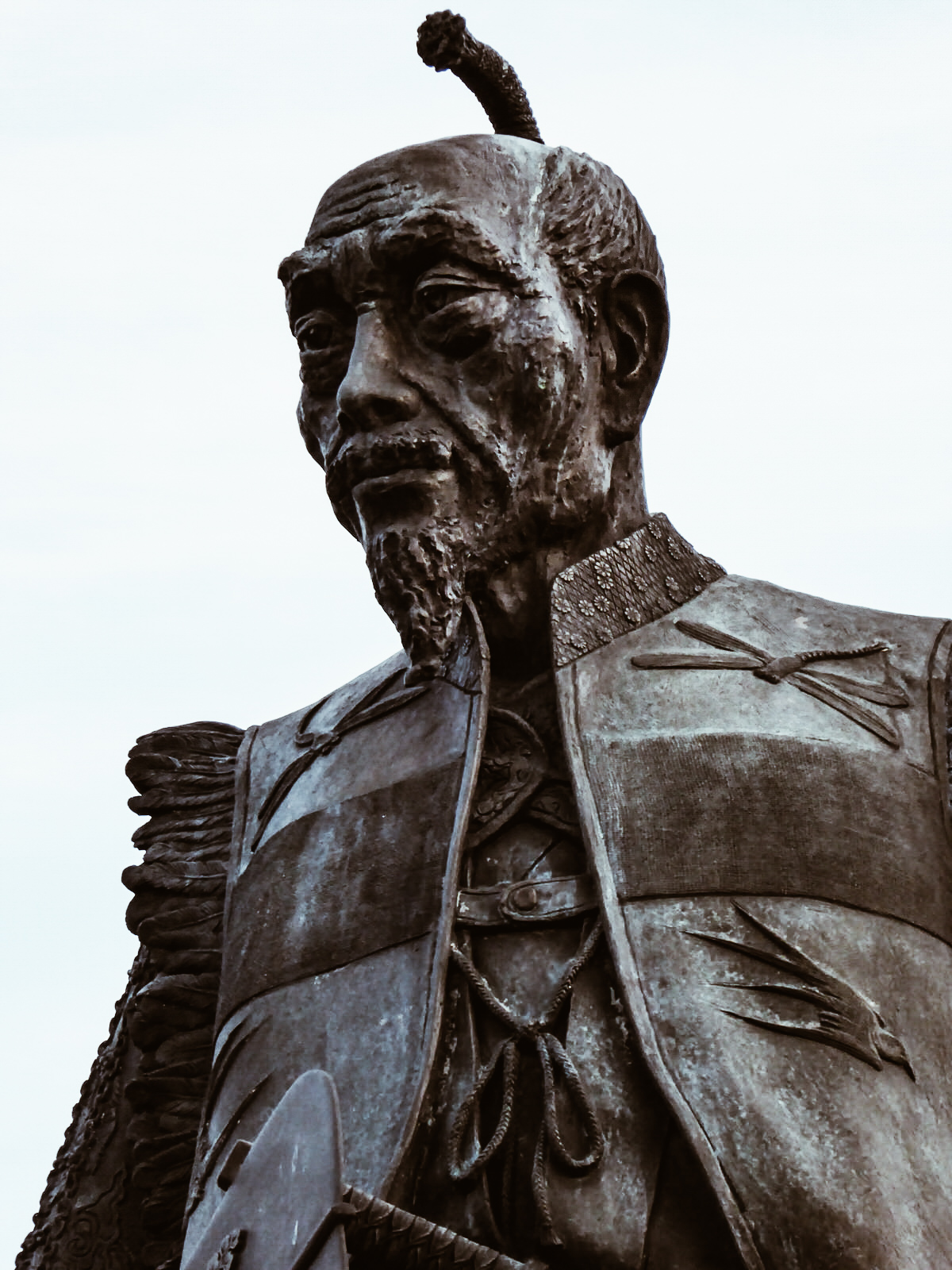
photo credits: samurai-world.com
The young Toyotomi Hideyoshi led a small group to attack the castle on Mount Inaba and in 1558, he joined the Oda clan, led by Oda Nobunaga, as ashigaru (lit. "light feet" who were employed in the conflicts of feudal Japan by the samurai caste.)
He became one of Nobunaga's sandal bearers and was present in the battle of Okehazama in 1560 when Nobunaga defeated Imagawa Yoshimoto to become one of the most powerful warlords in the Sengoku period. He also appears to have overseen the repair of Kiyosu Castle by running the kitchen.
In 1561 Hideyoshi married the adopted daughter of Asano Nagakatsu. He made repairs on Sunomata Castle with his younger brother Toyotomi Hidenaga, Hachisuka Masakatsu and Maeno Nagayasu. He built a fort in Sunomata, at night also discovering a secret way to Mount Inaba
Siege of Inabayama Castle
Hideyoshi was very successful as a negotiator. In 1564, he managed to convince the warlords Mino to desert the Saitō clan. He then approached many samurai convincing them to follow Nobunaga.
Nobunaga's easy victory at Inabayama Castle in 1567 was largely due to Hideyoshi's efforts and for this he became one of Nobunaga's most illustrious generals, eventually taking the name of Hashiba Hideyoshi. The new surname included two characters, one each of Oda's other two men, Niwa Nagahide and Shibata Katsuie.
Battle of Anegawa
Hideyoshi led the troops to the battle of Anegawa in 1570 in which Oda Nobunaga allied himself with Tokugawa Ieyasu to besiege two fortresses of the Azai and Asakura clans. He participated in the siege of Nagashima in 1573 and in the same year, Nobunaga named Hideyoshi daimyō from three districts in the northern part of the Ōmi Province. Afterward, he moved to Kunitomo and renamed the city of Nagahama in homage to Nobunaga. Later Hideyoshi moved to the port of Imahama on Lake Biwa and took control of the nearby Kunitomo firearms factory which had been set up a few years earlier by the Azai and Asakura families, increasing its production.
Furthermore, he fought in the battle of Nagashino after which Nobunaga sent Hideyoshi to Himeji Castle to conquer the Chūgoku region by the Mori clan in 1576.
In 1577, he fought in the battle of Tedorigawa, in the siege of Miki, in the siege of Itami (1579) and in the siege of Takamatsu in 1582.
Battle of Yamazaki and conflict with Katsuie
After the murders of Honnō-ji of Oda Nobunaga and his eldest son Nobutada in 1582 at the hands of Akechi Mitsuhide, Hideyoshi, seeking revenge for the death of his beloved lord, made peace with the Mōri clan and defeated Akechi in the battle of Yamazaki.
Subsequently, being in a good position, he called the powerful daimyo to Kiyosu so that they could determine Nobunaga's heir. Oda Nobukatsu and Oda Nobutaka quarreled, then the heir became Samboshi, Nobunaga's grandson. Having won the support of Oda's other two elders, Niwa Nagahide and Ikeda Tsuneoki, Hideyoshi took the position of Hidenobu and his influence on the Oda clan. He distributed the provinces of Nobunaga among generals and formed a council of four generals. The tension between Hideyoshi and Katsuie resulted in the battle of Shizugatake the following year in which Hideyoshi destroyed Katsuie's forces. By then Hideyoshi had faced most of the Oda clan and control of 30 provinces.
Building of Osaka Castle
In 1582, Hideyoshi began building Osaka Castle on the site of the Ishiyama Hongan-ji temple destroyed by Nobunaga; this became the last stronghold of the Toyotomi clan after Hideyoshi's death.
Battle of Komaki and Nagakute
Oda Nobukatsu, hostile to Hideyoshi, allied with Tokugawa Ieyasu and the two sides fought in the battle of Komaki and Nagakute. Eventually, it resulted in a stalemate, although Hideyoshi's forces suffered a severe blow. Finally, Hideyoshi made peace with Nobukatsu, ending the pretext for war between the Tokugawa and Hashiba clans. Ieyasu eventually agreed to become a Hideyoshi vassal.
Hideyoshi never obtained the title of shōgun, but made sure to get adopted by Konoe Sakihisa, one of the noblest men belonging to the Fujiwara clan and ensured a succession of high court titles including, in 1585, the prestigious position of Imperial Regent (kampaku). In 1586, Hideyoshi officially received the name of the new Toyotomi clan from the imperial court and built the Jurakudai, a sumptuous palace, in 1587 entertaining the reigning emperor, Go-Yōzei, the following year.
Japan unified under Toyotomi Hideyoshi
Subsequently, Hideyoshi subjugated the province of Kii and conquered Shikoku under the Chōsokabe clan. He then took control of Etchū province and also conquered Kyūshū.
In 1587 Hideyoshi banned Christian missionaries from Kyūshū to exercise greater control over Kirishitani daimyōs.
In 1588 he forbade the peasant townships to possess weapons and began to confiscate them. Swords were cast to create a Buddha statue. This measure effectively stopped peasant revolts and ensured greater stability at the expense of the freedom of the individuals.
Siege of Odawara
The siege of Odawara in 1590 against the Hōjō clan in the Kantō region eliminated the last resistance to Hideyoshi's authority. His victory meant the end of the Sengoku period. During this siege, Hideyoshi offered Ieyasu the eight provinces governed by Hōjō in the Kantō region in exchange for the submission of the five provinces of Ieyasu, who accepted this proposal.
In February 1591, Hideyoshi ordered Sen no Rikyū to commit suicide, probably in one of his outbursts of anger. Rikyū had been a trusted supporter and master of the tea ceremony under Hideyoshi and Nobunaga. He also made significant changes to the aesthetics of the tea ceremony which had a lasting influence on many aspects of Japanese culture. Even after Rikyū died, Hideyoshi is said to have built his many construction projects based on the aesthetics promoted by Rikyū, perhaps suggesting that he regretted his actions.
After Rikyū died, Hideyoshi brought the tea ceremony to Noh, who studied since he became imperial regent.
The stability of the Toyotomi dynasty after Hideyoshi's death was questioned with the death of his son Tsurumatsu in September 1591. The three-year-old boy was his only son. When his half-brother Hidenaga died shortly thereafter, Hideyoshi named his nephew Hidetsugu his heir, adopting him in January 1592. Hideyoshi resigned as kampaku to obtain the title of taikō and Hidetsugu succeeded him as kampaku.
Houkokubyo (Toyotomi Hideyoshi Mausoleum) Higashiyama-ku, Kyoto
As his health began to falter, Hideyoshi carried on the dream of Oda Nobunaga, that of a Japanese conquest to China, arriving at the Ming dynasty through Korea.
Hideyoshi asked Koreans for a ride to China in 1587, but without success, because Korea was allied with China and in April and July 1591 he also refused the request to pass through Korea for fear of jeopardizing security. Then, in August 1591, Hideyoshi ordered preparations to begin an invasion of Korea.
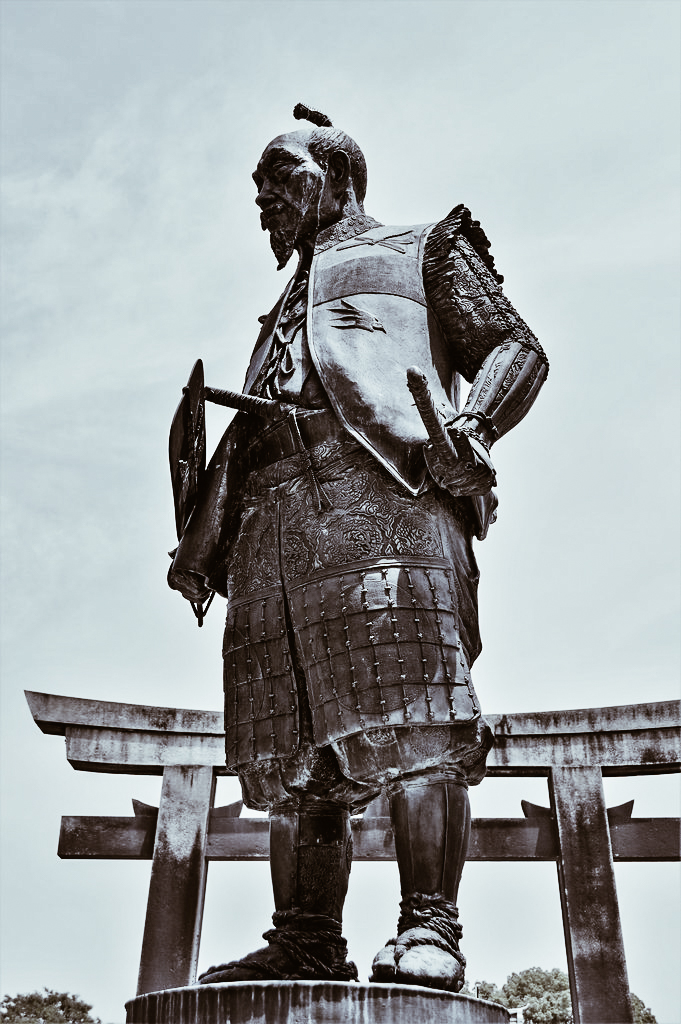
photo credits: flickr.com
First campaign against Korea
In the first campaign, Hideyoshi appointed Ukita Hideie as marshal and sent him to the Korean peninsula in April 1592. Konishi Yukinaga then occupied Seoul on June 19. After the fall of Seoul, Japanese commanders held a war council and determined submission targets called Hachidokuniwari from each corps. In just four months, Hideyoshi's forces made their way to Manchuria and occupied much of Korea. Korean King Seonjo fled to Uiju and asked for military intervention from China. In 1593, Ming China Emperor Wanli sent an army under General Li Rusong to block the planned Japanese invasion of China and recapture the Korean Peninsula. The Ming army of 43,000 soldiers led by Li Ru-Song continued to attack Pyongyang.
On January 7, 1593, Ming's relief forces under Li still captured Pyongyang and surrounded Seoul, but Kobayakawa Takakage, Ukita Hideie, Tachibana Muneshige and Kikkawa Hiroie won the Battle of Byeokjegwan on the outskirts of Seoul. At the end of the first campaign, the entire Japanese navy was destroyed by Korea's Admiral Yi Sun-sin, whose base was located in a part of Korea that the Japanese could not control. This, in fact, put an end to Japan's dream of conquering China as the Koreans simply destroyed Japan's ability to resupply their bogged down troops in Pyongyang.
Succession dispute
The birth of Hideyoshi's second son in 1593, Hideyori, created a succession problem. To avoid this, Hideyoshi exiled his nephew and heir Hidetsugu to Mount Kōya and then ordered him to commit suicide in August 1595. Members of the Hidetsugu family who did not follow his example were later murdered in Kyoto.
In January 1597, Toyotomi Hideyoshi had twenty-six Christians arrested as an example of Japanese who wanted to convert to Christianity. They are known as the twenty-six martyrs of Japan. They included five European Franciscan missionaries, one Mexican Franciscan missionary, three Japanese Jesuits and seventeen Japanese, including three young boys. On February 5, they were executed in Nagasaki for public crucifixion.
Second campaign against Korea
After several years of negotiations, Hideyoshi appointed Kobayakawa Hideaki to conduct a renewed invasion of Korea, but their efforts on the peninsula were less successful. Japanese troops got stuck in Gyeongsang province. In June 1598, Japanese forces repelled several Chinese offensives to Suncheon and Sacheon, but were unable to make further progress as the Ming army prepared for a final assault. Koreans continually harassed Japanese forces, while the battle of Hideyoshi in Sacheon was a great victory for Japan.
Toyotomi Hideyoshi died on September 18, 1598. He was delusional and his last words, delivered to his closest generals, were “I will depend on you for everything. I have no other thoughts to leave behind. It is sad to part with you. '' His death was kept secret by the Council of Five Elders to preserve morale and Japanese forces in Korea were ordered to withdraw to Japan by the Council of Five Elders (Tokugawa Ieyasu, Maeda Toshiie, Uesugi Kakekatsu, Mori Terumoto, Ukita Hideie).
Since they had failed to capture Korea, Hideyoshi's forces were unable to reach China either. The fighting force ran out, his vassals clashing over responsibility for failure and the clans that were loyal to the name Toyotomi weakened. The dream of a Japanese conquest of China has been put on hold indefinitely. The Tokugawa government later not only prohibited further military expeditions to the Asian mainland, but closed Japan to almost all foreigners during the Tokugawa shogunate years. It was only at the end of the 19th century that Japan again fought a war against China through Korea, using more or less the same path used by Hideyoshi's force.
After his death, the other members of the Council of Five Regents were unable to control Tokugawa Ieyasu's ambitions.
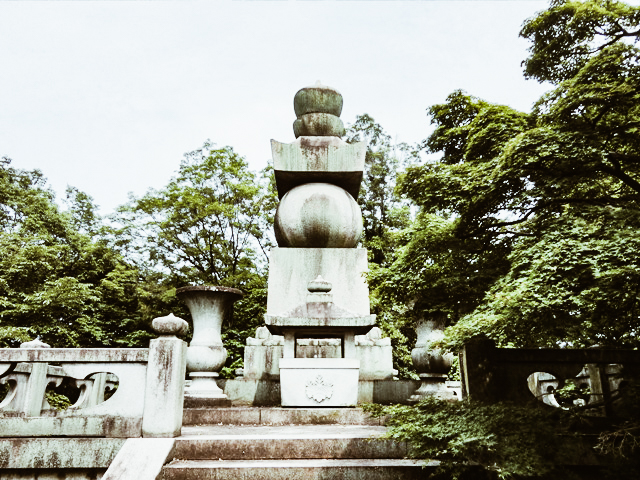
photo credits: jekyoto.wordpress.com
Toyotomi Hideyoshi's Cultural heritage
Toyotomi Hideyoshi has changed Japanese society in many ways.
Class reforms have affected citizens and warriors. During the Sengoku period, it had become common for peasants to become warriors or for samurai to cultivate because of the constant uncertainty caused by the lack of centralized government and ever-provisional peace. After taking control, Hideyoshi decreed that all the peasants were completely disarmed and that the samurai left the land to settle in the castle towns. This strengthened the social class system for the next 300 years.
In addition, he ordered a complete census of Japan. After this, he asked all the Japanese to stay in their respective han (fiefdoms) unless they had obtained official permission to go elsewhere.
In 1590, Hideyoshi completed the construction of Osaka Castle, the largest in all of Japan, to protect western approaches to Kyoto. In the same year, he banned "non-free labor" and slavery, but the forms of contracts and forced labor continued equally.
Hideyoshi also influenced Japan's material culture. He spent time and money on the tea ceremony, collecting tools, sponsoring sumptuous social events and sponsoring acclaimed masters. As interest in the tea ceremony grew among the ruling class, not only were large quantities of precious ceramic items confiscated, but many Korean craftsmen were forcibly transferred to Japan.
Inspired by the dazzling golden pavilion of Kyoto, he had the Golden Tea Room built, which was covered with a gold leaf and lined inside with a red gossamer. Using this mobile innovation, he was able to practice the tea ceremony wherever he went, forcefully projecting his power and status unmatched upon his arrival.
Politically, he established a government system that balanced the most powerful Japanese warlords. A council was created to include the most influential gentlemen.
Shortly before his death, Hideyoshi hoped to establish a stable enough system to survive until his son became old enough to become the next leader. A council of five elders (go-tairō) was formed, consisting of the five most powerful daimyō. After Maeda Toshiie's death, however, Tokugawa Ieyasu began to form alliances, including political marriages. In the end, pro-Toyotomi forces fought against the Tokugawa in the battle of Sekigahara. Ieyasu won and received the Seii-Tai Shōgun title two years later.
Toyotomi Hideyoshi's Names
At birth, he was given the name Hiyoshi-Maru. In genpuku, he took the name Kinoshita Tōkichirō. Later, he was given the surname Hashiba and the office of the honorary court Chikuzen no Kami, as a result, Hashiba Chikuzen no Kami Hideyoshi was designated.
Toyotomi Hideyoshi had received the nickname Kozaru, meaning "little monkey", from his lord Oda Nobunaga because his facial features and lean shape resembled that of a monkey. He was also known as the "bald rat".
Hideyoshi left an influential and enduring legacy, including the samurai's restriction on weapons possession, the construction and restoration of many temples, some of which are still visible in Kyoto, and the Japanese invasions of Korea (1592-1598 ).
Japan History: Sasaki Kojirō
Sasaki Kojiro (around 1583 - April 13, 1612) was born in a village in the province of Echizen. Known as Sasaki Ganryū, he was an important Japanese swordsman, mainly remembered for having been killed in a duel with Miyamoto Musashi. Sasaki Kojiro is also remembered for wearing a red haori and lived between the Sengoku era and the beginning of the Edo period.
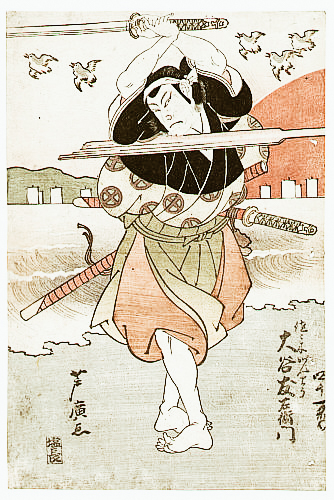
photo credits: wikipedia.org
His life
He lived at the turn of the Sengoku period and the beginning of the Edo period, as a boy he met Toda Seigen, martial arts instructor of the Asakura clan, becoming his pupil. This type of training takes him away from Seigen's style, approaching kodachi, and developing a technique that makes use of ōdachi called Ganryū ("Rock Style"). Thanks to his katana called Monohoshi Zao, he develops the Tsubame-Gaeshi ("Swallow Counterattack") technique, inspired by the bird's flight.
In 1610 he opened a dojo in Kokura and his fame began to attract numerous martial arts students, among whom we find Miyamoto Musashi, a 29-year-old swordsman who in April 1612 challenged him to a duel that became the protagonist of many legends. The descriptive versions of the legends regarding the duel between Sasaki Kojirō and Miyamoto Musashi are varied and differ greatly in detail. On one thing the legends are all in agreement and it is the end of the duel that sees Musashi as the winner.
The final duel
The duel took place on April 13, 1612 on an island a few kilometers from Kokura. Before arriving at the place, Musashi built a bokken with an oar and showed up three hours late, that is between 9 and 11. Kojiro pulled out his sword getting very angry with Musashi because of his delay and threw the scabbard into the water. Musashi killed Kojiro with a blow to the head dealt by his wooden sword. It all happened so quickly without giving Kojiro time to use his technique.
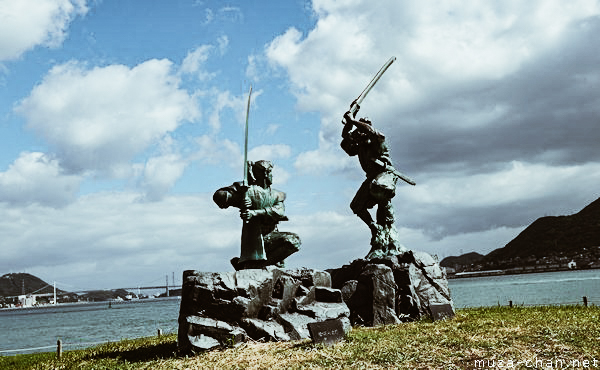
photo credits: muza-chan.net
The hypotheses of the death of Sasaki Kojiro
There are many hypotheses regarding the victory of Miyamoto Musashi, among which it is also believed that the delay was premeditated precisely to annoy the opponent. During the three hours of delay, in fact, Musashi rested while Kojiro completely lost concentration. In addition, his untreated clothing and wooden sword contributed to anger Kojiro even more. Musashi can be said to have won by playing on the opponent's psychology.
Another hypothesis sees Musashi extend the delay specifically to take advantage of the effect of sunlight so that it could blind the opponent, yet another sees him take advantage of the low tide that would have allowed him to escape more easily.
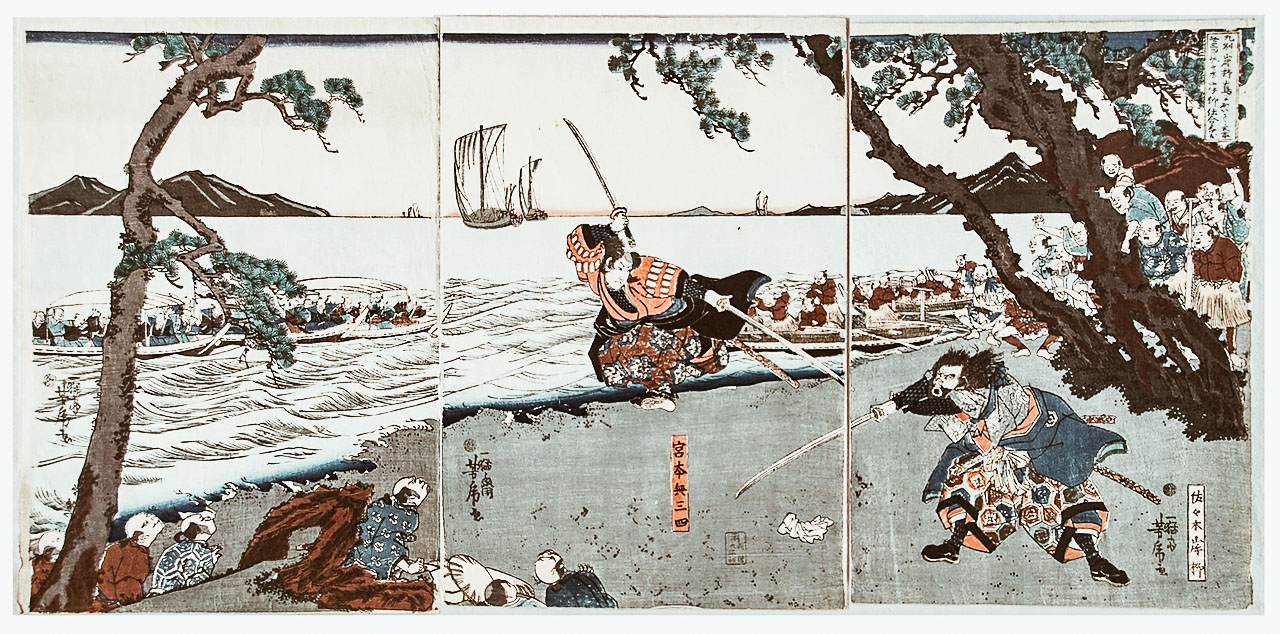
photo credits: wikipedia.org
Kojiro was (probably) deaf in one ear, but this never contributed to his loss, despite everything that seems to have happened because Musashi used the greater length of his bokken than his opponent's sword.
The island that was the site of the duel was renamed Ganryū-jima in honor of Sasaki Kojirō.[:]
Atsuta Matsuri, lanterns and fireworks
There are many Japanese matsuri but today we decide to focus on Atsuta Matsuri, in the prefecture of Aichi.
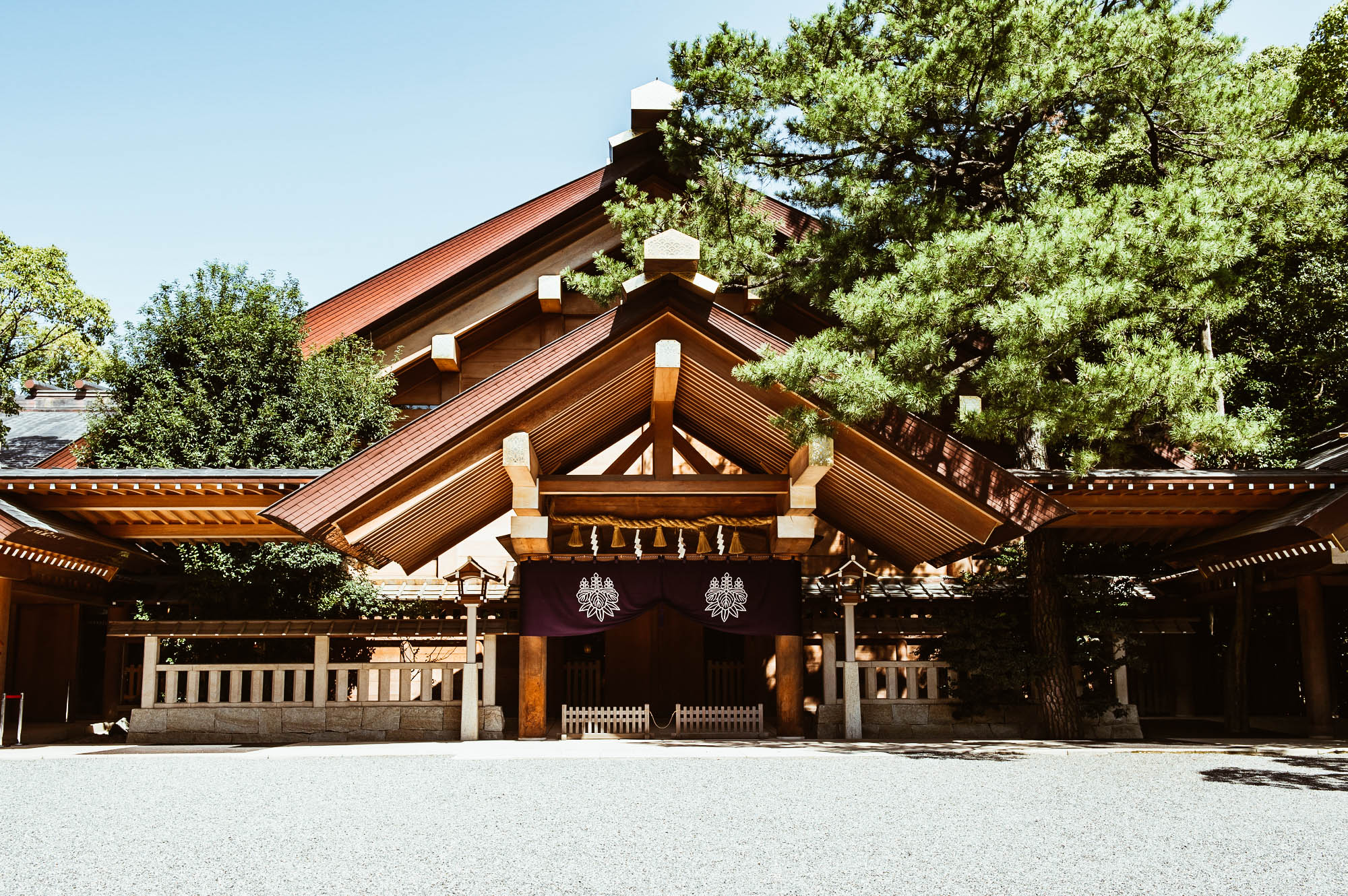
photo credits: thegate12.com
In the Chubu region, more precisely in Nagoya in the Aichi prefecture, if we enter the city, hidden among centuries-old cypresses, we will discover one of the most sacred shrines in Japan: the Atsuta Jingu. Venerated since antiquity with its 1900 years, it is believed to be the home of the Holy Kusanagi Sword of the Emperor, one of the three imperial insignia.
In this magical place, Atsuta Matsuri (諸ブー祭), better known as Shobu-sai, is held every year on June 5th.
Atsuta Matsuri day
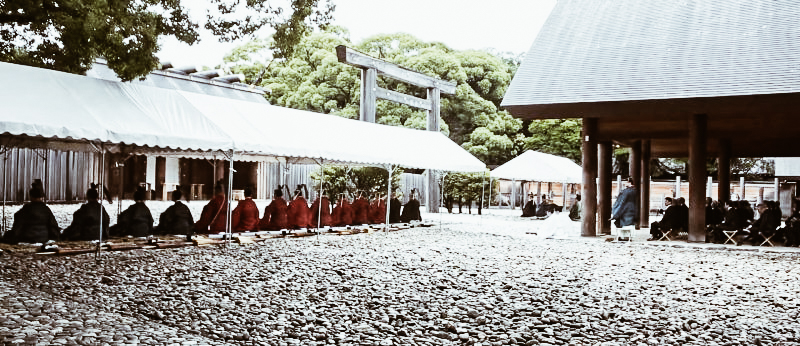
photo credits: kawaii-aichi.jp
Around 10:00 in the morning the celebrations begin with a special ceremony in which an imperial messenger is sent to the shrine to offer goheimotsu. These are in fact strips of white paper for Shinto rituals and which are used to celebrate a special ceremony dedicated to the gods and goddesses of Atsuta Jingu. After that, this splendid and characteristic Matsuri hosts various shows between the precincts of the Shrine.
The shows
The shows during this festival are many and varied, including kyudo, Japanese-style archery and kendo, Japanese fencing. But the real protagonist is the Atsuta-kagura, a type of traditional local Shinto dance accompanied by flutes and taiko, the typical Japanese drums. In addition to this, we find various performances including the Sumo and entertainment competitions such as the Kodomo Mikoshi, the portable shrines for children!


photo credits: kawaii-aichi.jp, goinjapanesque.com
The Festival reaches its climax when, at 18:00, the five makiwara kento, huge allegorical altars decorated with 365 lanterns each, are placed next to the entrances of the three torii doors of the sanctuary and are illuminated. Of course, there are stalls offering typical products and souvenirs of all kinds.
The chatter of people stops at 21:00 in the Jingu Koen park when a wonderful fireworks display raises heads and fills the eyes with lights and colors.


photo credits: goinjapanesque.com
The Atsuta Festival is the largest festival among the approximately 70 events held at the Atsuta Shrine every year.
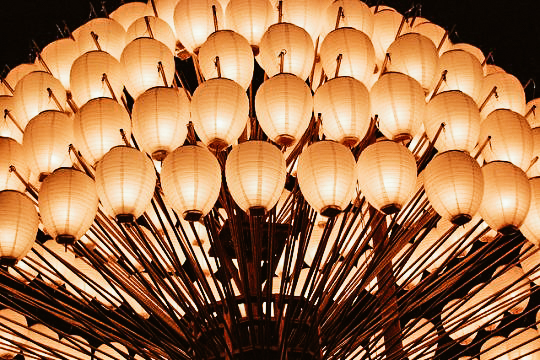

photo credits: nagmag.jp, kichijapan.com
If you are in the surrounding area, don't miss these magical lanterns and fireworks show to spend a fun day in the name of tradition! Like any festival, participation is free. For any information on how to reach the location, visit the official site of the Shrine in English.
Japan History: Akechi Mitsuhide
Akechi Mitsuhide (1526 - July 1582), also known as Koreta Mitsuhide, was a Japanese general. Son of Akechi Mitsukuni, Mitsuhide served Asakura Yoshikage and in 1566 he became a messenger for the "wandering wanderer" Ashikaga Yoshiaki. However, his greatest fame was that of being one of the generals in the service of the daimyō Oda Nobunaga, and his betrayal caused his death.
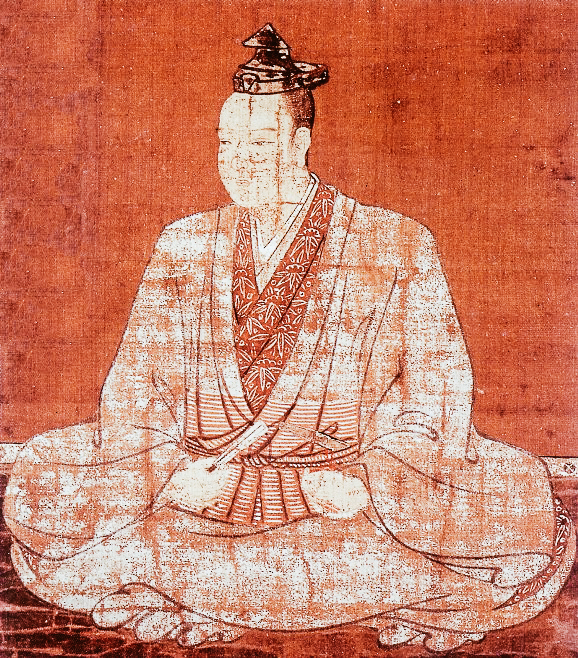
photo credits: samurai-world.com
He began to serve Oda Nobunaga in 1566 after the conquest of the province of Mino and in 1571, proving himself as skilled general, he received the territory of Sakamoto as a fief. Oda Nobunaga, seeing him as one of the men he could trust most, commissioned him to pacify the Tamba region and place it under the control of his lord. His military campaigns against local clans were successful and once he conquered the territory, he was rewarded with Kamiyama Castle by becoming the governor of Hyūga province.
Betrayal
In 1579 Mitsuhide conquered Yakami Castle which belonged to Hatano Hideharu and negotiated with him the terms for pacification. Oda Nobunaga, in total disagreement with the agreements made by his vassal, had Hideharu executed. At that point, the Hatano clan retaliated against Akechi Mitsuhide by killing his mother who had been kept hostage during the negotiations. This was probably one of the reasons that led Mitsuhide to betray Oda Nobunaga.
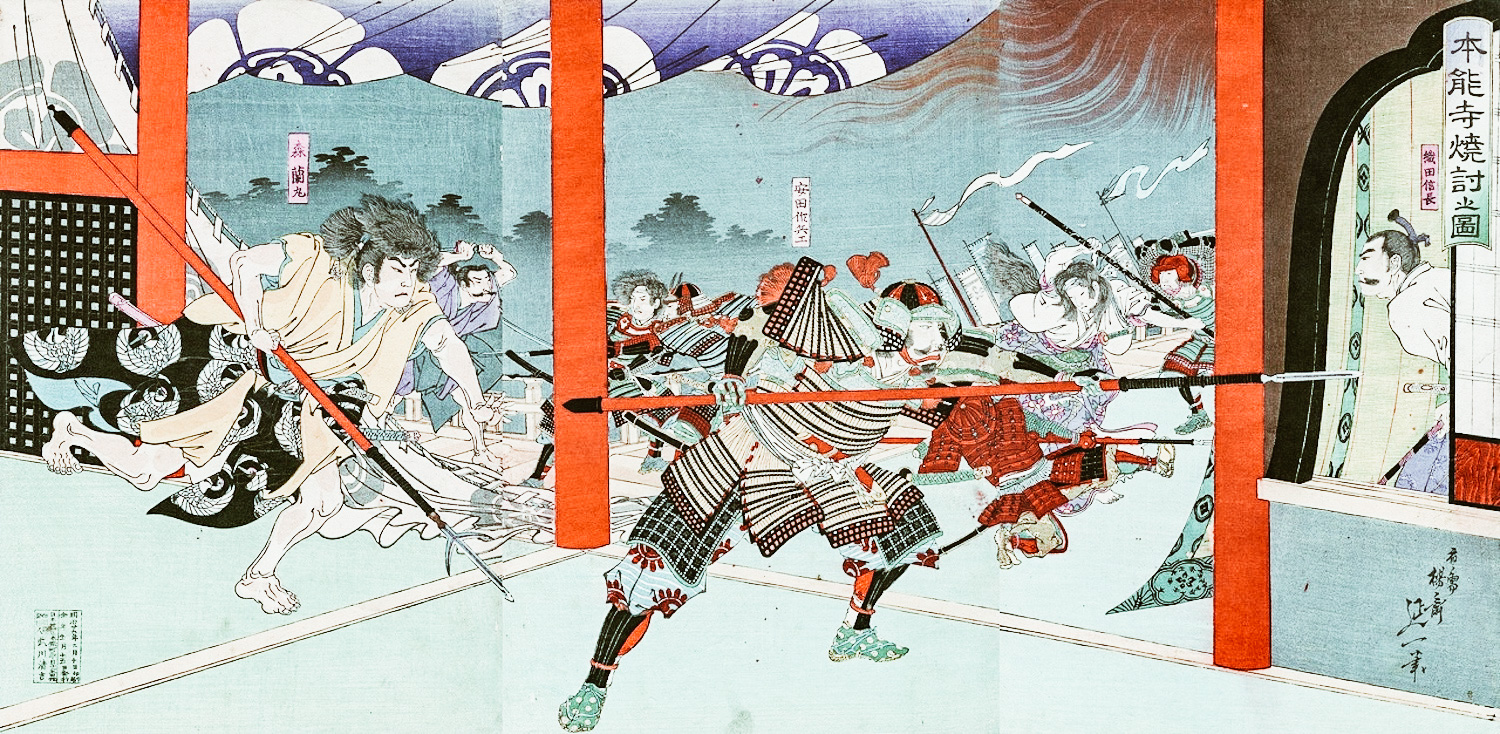
photo credits: samurai-world.com
On June 21, 1582, Nobunaga, in an attempt to escape the coup d'état organized by Mitsuhide, took refuge in the Honnō-Ji, a Kyoto temple that Mitsuhide burned. At that point, it is not known if Nobunaga died in the fire or if he had time to make seppuku first, but at the news of his death, Toyotomi Hideyoshi and Tokugawa Ieyasu gathered their armies to chase Mitsuhide. Hideyoshi was the first to find him and defeated him in the battle of Yamazaki during which Nobunaga's traitor was killed by a bandit called Nakamura. Due to his death, he was nicknamed Jūsan-kobū (thirteen-day Shōgun).
The reasons for the betrayal

photo credits: samurai-world.com
We don't know all the reasons that led Mitsuhide to betray Nobunaga, one could be what we have already said involving the murder of his mother. Another could concern the friendship that tied Akechi Mitsuhide with Shikoku daimyo Chosokabe Motochika. Around 2013, researchers discovered a series of letters in the Okayama Museum between Akechi Mitsuhide and his longtime friend, Chosokabe Motochika. The letters had been written a few months before the May 21, 1582 attack on Honno-Ji. According to the letters, Chosokabe had decided not to oppose Nobunaga and was willing to submit to the warlord. In response, it appears that Mitsuhide was trying to avoid taking part in Shikoku's submission to avoid a future dispute that could have involved Chosokabe. Just to protect his friend, Akechi Mitsuhide probably decided to betray Nobunaga.
Another probable reason was Mitsuhide's knowledge of Nobunaga's future plans that he wished to rule the nation. Nobunaga had said he wanted to become Tenka Fubu, the only ruler under the sky. For this reason, it was assumed that he wanted to overthrow the emperor so that there would be no one above him. Perhaps Akechi Mitsuhide decided to eliminate Nobunaga thus saving the imperial family and the emperor.
According to some sources he managed to save himself in the battle of Yamazaki by becoming a monk named Nankobo Tenkai. His life is completely immersed in mystery and continues, even today, to arouse doubts and create assumptions.
Japan History: Yagyū Jūbei Mitsuyoshi
Yagyū Jūbei was one of Japan's greatest swordsmen and we decided to dedicate a blog to him. Despite the little information, he is known as a warrior poet, protector of the weak and a great supporter of the samurai code.
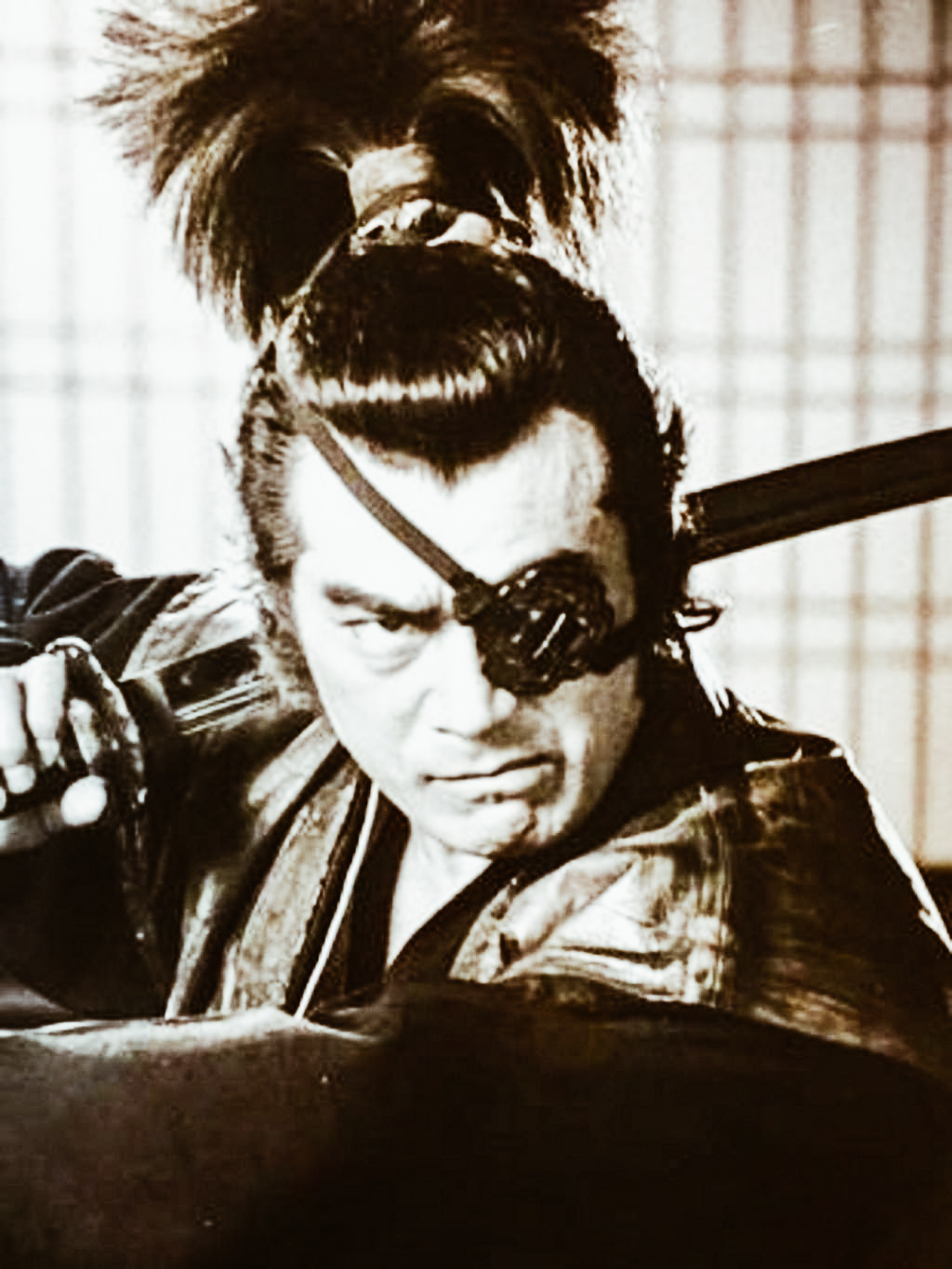
photo credits: deviantart.com
Despite the lack of documentation on the life of Yagyū Jūbei Mitsuyoshi (born "Shichirō", 1607 - 12 April 1650) we know that he grew up in a small village near Nara, Yagyū no Sato. His father was Yagyū Tajima no Kami Munenori, master swordsman of the famous Tokugawa family. Both Jubei's father and grandfather had been great masters in the art of the sword. His grandfather was the founder of the Yagyu Shinkage school, which still exists today and was famous for defeating armed samurai with bare hands at the age of 70. His father, on the other hand, was the personal tutor of three shogun and seems to have defeated seven assassins in a battle. Jubei inherited the skill from them and at 9 he was already showing signs of great strength. In fact, he replaced his father in teaching the sword to the Tokugawa family.
The life
At 24 he became the greatest swordsman of the famous Yagyu clan. He was expelled from the Edo court without any reasons, it is not known whether he was fired from the shogun, or for a pilgrimage departure.
In the following 12 years, there is no more news, until his reappearance at the age of 36 at an absolutely impressive fencing demonstration. From there, he was again integrated into the government. He managed to take control of the family lands until the death of Yagyū Tajima no Kami Munenori in 1646. He wrote his fencing and philosophy book, Tsuki no Shō (月之抄) or The Art of Looking at the Moon. He died at the age of 43 in unclear circumstances, it is not known if it was due to a heart attack, an accident during the hunt or even murdered by one of his brothers. Yagyū Jūbei was buried next to his grandfather, Yagyū Munetoshi, he was then given the posthumous Buddhist name of Sohgo.
The Legend of Yagyū Jūbei
According to legend, Yagyū Jūbei had only one eye, the other seems to have lost it in a fencing session with his father. Despite this, some portrayed him with two eyes, even if the figure of the swordsman with an eye patch always remains the favorite.
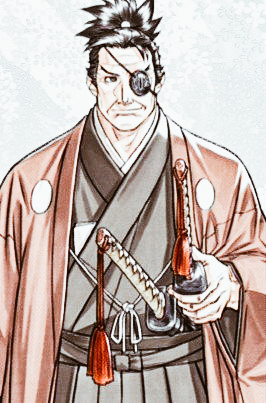
photo credits: taigong788.skyrock.com/
Japan History: Shimazu Yoshihiro
Shimazu Yoshihiro (August 21, 1535 - August 30, 1619), also known as Shimazu Tadahira and Hyogo no kami. Second son of Shimazu Takahisa, he was the 17th Shimazu clan leader.
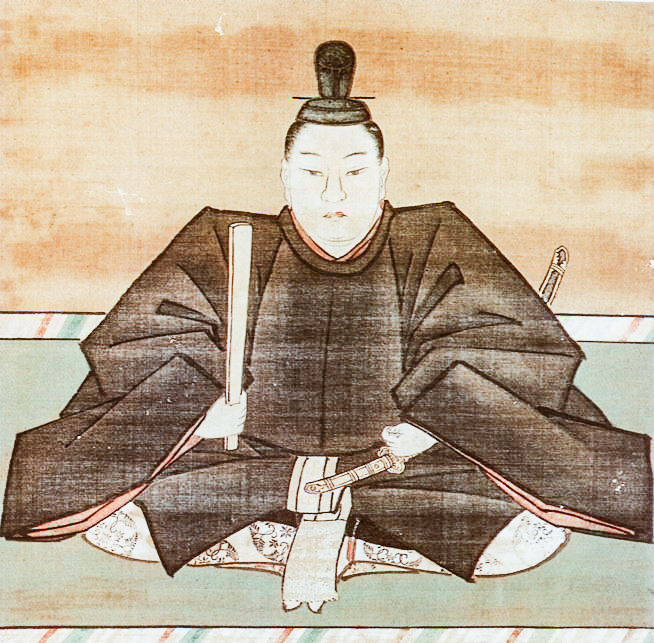
photo credits: japanworld.info
He began serving his brother Yoshihisa in many military campaigns. During the battle of Kizaki, the "Okehazama of Kyūshū" in 1572, 300 men of Yoshihiro defeated Itō Yoshisuke's three thousand soldiers. In 1577 he obtained the supremacy of the Shimazu over the province of Hyūga. Later he participated in the battles of Takabaru (1576), Mimigawa (1576), Minamata (1581), and Hetsugigawa (1587).
The life of Shimazu Yoshihiro: From 1587 to 1600
In 1587 he was appointed daimyō following the submission of the Shimazu to Hideyoshi. He later led 10,000 men in the first Korean campaign (1592-93) from his ship Kotaka-maru. During this battle, a number of servants including his brother Toshihisa protested the call to arms and for this, they were punished by Yoshihiro. He then fought the second Korean campaign in the battles of Namwon and Sacheon. With these battles, he kidnapped some Korean potters as prisoners of war. This created a new style of vases called Satsuma-yaki which subsequently increased trade in the province.
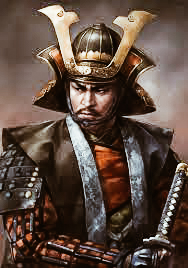
photo credits: facebook.com
During the battle of Sekigahara in the 1600s, according to the novel Rakusuishū of the Edo period, Yoshihiro appears to have been on the side of Tokugawa Ieyasu. Later humiliated by Torii Mototada on arrival at Fushimi's castle, he moved over to Ishida Mitsunari before Mōri Terumoto declared war by persuading Uesugi Kagekatsu to ally with them.
Yoshihiro and Mitsunari
According to his subordinate Kando Kutarō, Yoshihiro was a close friend of Mitsunari. However, novelists of the Edo period distorted reality by saying that Mitsunari had not listened to any of Yoshihiro's plans, including the notorious surprise night attack of the day before the real battle. Instead, that day, Yoshihiro and his 1500 samurai simply presided over their area without a fight. Yoshihiro was stormed by at least 30,000 Ieyasu troops, so he tried many times to get to the same Ieyasu. Yoshihiro retired and his troops simulated a false retreat called Sutegamari when a number of men died repelling the attacks. Toyohisa and most of the troops died allowing Yoshihiro to retire with his wife. He then moved from the province of Settsu to return to the province of Satsuma.

photo credits: japanworld.info
Shiramine Jun, an important Japanese historian, wrote that Yoshihiro had been involved in the power struggle between Shimazu Yoshihisa and Ijuin Tadamune. In fact, for this reason, Yoshihiro lost the support of Yoshihisa during the Sekigahara campaign.
Ieyasu, noting Yoshihiro's behavior on the battlefield, caused the Shimazu clan to maintain his rule. In fact, he chose Yoshihiro's son Shimazu Tadatsune as his successor. In 1609, Yoshihiro and Tadatsune began a punitive expedition against the Ryūkyu kingdom.
He appears to have fought in 52 battles during his lifetime and was a skilled commander.
The death
Yoshihiro retired to Sakurajima and started teaching the younger generation. He died in 1619 causing the suicide of many of his servants who had joined him for the rest of his life.
Shichi-Go-San / Seven-Five-Three
November 15th is the day of Shichi-Go-San (七五 三, 7-5-3). This festival celebrates the rite of passage for girls aged 3 and 7 and children aged 3 and 5. These numbers are considered particularly lucky, like all odd numbers.

photo credits: cacadoresdelendas.com.br
Shichi-Go-San is the culmination of three traditions developed in the Heian period. The celebration first started among the court nobles who celebrated the passage of their children to "average childhood". It was then adopted by the Samurai class to mark the important growth milestones.
Up to 3 years of age, a child will have shaved hair. After the age of 3, they would then be allowed to grow their hair a little longer. 5-year-old males could wear the hakama (袴, a traditional garment that resembles a wide skirt-pants up to the ankles and tied to the waist) for the first time, while the seven-year-old girls replaced the simple cords, used to tie their kimonos, with the traditional obi (帯, the traditional silk belt). After the Meiji period, this practice was also adopted by ordinary citizens, introducing the ritual visit to a Shinto shrine to remove evil spirits and wish their children a long and prosperous life.
Shichi-Go-San and the subtle changes in the modern era
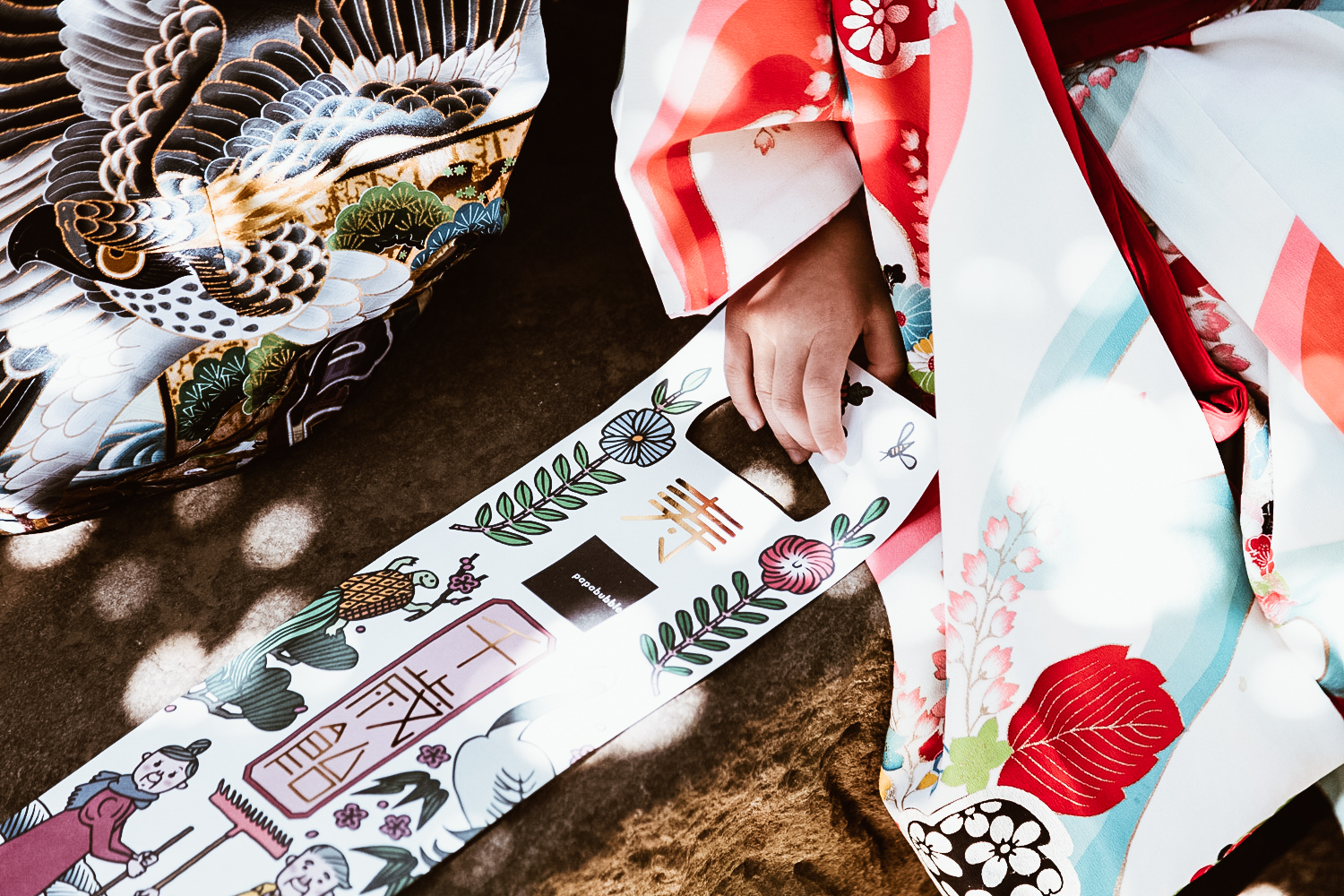
photo credits: amu-zen.com
Like most Japanese traditions, Shichi-Go-San keeps the rituals of the Meiji period almost completely intact. The only aspect falling into disuse is the hair rule. Five-year-old boys and seven-year-old girls still wear colourful kimono for visits to shrines.
The three-year-old girls usually wear the hifu (a dress similar to a slightly padded waistcoat) along with their kimono. Some children wear clothes closer to western fashion. Today many photos are taken in this occasion.
A decorated envelope containing sweet Chitose ame (千歳飴) will be given to each boy and girl celebrating the Shichi-Go-San day. The name ‘Chitose ame’ means “the candy of a thousand years". It is wrapped in transparent edible rice paper and is shaped like a long thin stick. Traditionally red and white, it serves as a symbol of longevity.







